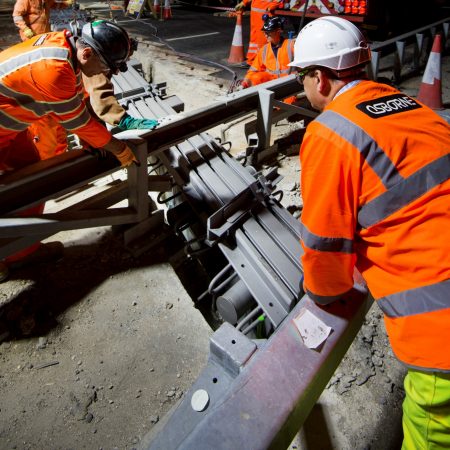Genuine Collaboration and Innovation in Highways Frameworks
The theory says that framework agreements for highways maintenance should promote innovation and collaborative learning between a small group of suppliers and the client team. In reality, how does it feel?
•Do you see open learning and sharing across suppliers’ teams aimed at improving productivity, quality and highways availability?
•Are learning and best practice from suppliers and wider industry consistently applied to projects?
•Or do you see new suppliers making the same mistakes as those before them and failing to do things better?
A framework is successful if the road asset is maintained in a condition above a defined threshold while spend is maintained below the investment profile. There are many moving parts that contribute to meeting the challenge. The way that knowledge and specialist skills are managed and enhanced is critical.
The process needs to start during mobilisation – with a plan for knowledge acquisition and capability development for new teams. Ensuring they deliver added value from day 1.
Like any plan, you need to know the start and end point. Map the knowledge requirements of the project against the capabilities throughout the framework community. You will then know where knowledge resides and where there are gaps.
Action plans and ownership then have clarity and purpose. Training plans can align individual personal development plans to framework knowledge requirements.
Having logged where expertise resides through a directory of knowledge points, there needs to be a process for applying the knowledge to specific project challenges. Using BIM as a fully integrated digital platform, used by all programme organisations irrespective of contractual connections, is the way forward.
Technology makes it easy to share. But everyone needs access to the same systems, and they need agreed protocols that make it clear how and why these tools are used.
There also needs to be a clear process for capturing and sharing lessons learned from mistakes and non-conforming performance.
Looking at the long term needs it’s possible to assess whether the strength, depth and breadth of specialist skills and knowledge are sufficient to meet the asset challenge. New suppliers can then be selected and brought on board in a controlled way, with greater certainty over future workloads.
And finally, knowledge and expertise that can help to meet the asset challenge may be found outside of the framework community. There needs to be a concerted effort to identify industry groups and organisations where new knowledge can be shared and captured.
Partnerships with academic skills and funded research will also ensure that the framework benefits from emerging best practice and can pioneer value improvements.
When it comes to meeting the asset challenge ‘knowledge is power.’ But only if it is fully valued, managed and enhanced in a systematic way.
We all like to think of ourselves as innovative. Companies typically describe themselves as innovative. But what do they really mean? What do they actually do to bring innovative approaches to their business and their clients?
To deliver value, innovation needs to be systematic:
‘Systematic innovation consists in the purposeful and organised search for changes, and in the systematic analysis of the opportunities such changes might offer for economic or social innovation.’ Peter F Drucker, Innovation and Entrepreneurship
Frameworks have the capacity to create the right environment for innovation to happen. While individual projects are inevitably focused on delivery, frameworks can take a longer term approach.
We advocate allocating 10% of resources’ time to systematic innovation and value seeking activities. This ‘Dreamtime’ approach gives people the space away from project pressures to focus specifically on how things can be done better and more efficiently.
We also advocate creating a dedicated ‘innovation and value’ lead and innovation manager, with the responsibility for identifying and tracking ways to deliver superior value and results. These are supported by like-minded suppliers shadowed by Supplier Relationship Managers.
Other specific ways to make frameworks more innovative:
•Identify industry groups and organisations where new knowledge can be shared and captured.
•Seek new suppliers that are acknowledged experts and innovators in specific aspects of programme delivery.
•Cultivate Partnerships with academic skills and conduct funded research.
Framework communities should be continually innovating and looking forward. But this needs to be planned for, organised and ultimately evaluated through value registers that capture the value added by each innovation.

